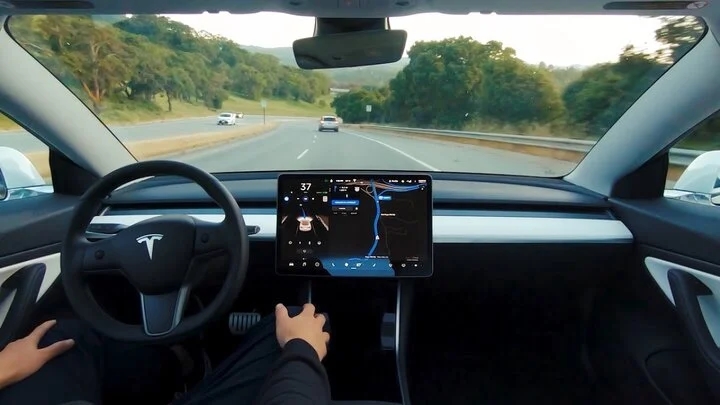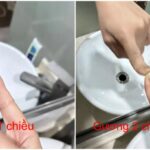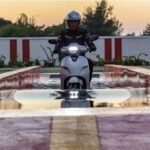As soon as the driver releases the accelerator, the central computer will understand that you want to decelerate and adjust for the electric motor to become a generator.
In essence, when the magnetic field is reversed (the rotation is reversed), a motor will become a generator, with opposite roles. While the motor consumes electricity to create rotational motion, the generator rotates to recover and generate electricity. So, with an electric car, the more you step on the brake, the better.
When the driver releases the accelerator, the friction, and resistance created in the rotation will generate energy. This energy will be recovered to rotate the generator and recharge the battery for storage. Without energy to sustain motion, the generator’s opposing magnetic field will cause the car to decelerate and eventually come to a stop.
One of the significant benefits of this braking system is that it is more comfortable for drivers navigating in heavy traffic, with frequent stops. In such conditions, the pedal will quickly change the state of the vehicle, instead of constantly twisting the ankle between the brake and accelerator.

The more you step on the brakes in an electric car, the better. (Illustration photo)
The application of the regenerative braking system in electric vehicles also brings other great benefits. Maintenance costs will be reduced as drivers rarely need to use the auxiliary brake pedal unless they need to stop abruptly.
The tiny dust particles created during the braking process of conventional cars are also significantly reduced with the braking system in electric vehicles – one of the air and water pollutants. The braking distance is also shortened because the car will immediately decelerate when the driver releases the accelerator pedal, instead of having to switch to the left brake pedal in the old way.
And more importantly, energy will be regenerated instead of being lost, thereby increasing vehicle efficiency. Tesla calculated that the energy recovery efficiency could reach up to 65% during the braking process of the Roadster in 2007.
However, the regenerative braking system in electric vehicles requires drivers to be more careful when driving on slippery roads.
Because the car will decelerate very quickly when the accelerator pedal is released, causing the tires to tend to lose traction. But with good tires and proper calculations from the manufacturer, this situation can be resolved without much complexity.
According to VTC News
Should You Travel to South Korea Independently or on a Tour?
Exploring South Korea is more than just discovering a unique culture and indulging in delectable cuisine. It’s an opportunity to experience a remarkable vacation. With Saigontimes Travel’s insightful tips and advice on traveling in South Korea, you can embark on an exciting journey without worrying about expenses.
“Three Signs That It’s Time to Check Out of Your Hotel or Guesthouse”
An industry veteran with 20 years of experience in the hospitality sector advises that upon checking into a hotel room, there are three key things to look out for. If any of these red flags are present, it’s a sign that your stay may be less than satisfactory, and it might be wise to consider alternative accommodations.
How to Deal with a Flooded Electric Scooter and Engine Failure During Rainy Days
“Many users mistakenly believe that electric scooters are waterproof and end up riding through deep waters, often resulting in disastrous consequences. It is crucial to understand that while electric scooters may have some level of water resistance, they are not designed to be submerged or exposed to significant amounts of water. Riding through deep waters can cause severe damage to the scooter’s electrical system, motor, and battery, potentially rendering it inoperable and even voiding the warranty. It is always advisable to exercise caution and avoid riding your electric scooter through watery terrains to ensure its longevity and maintain your safety.”






































